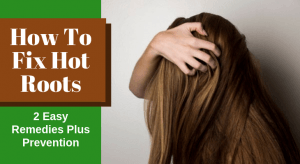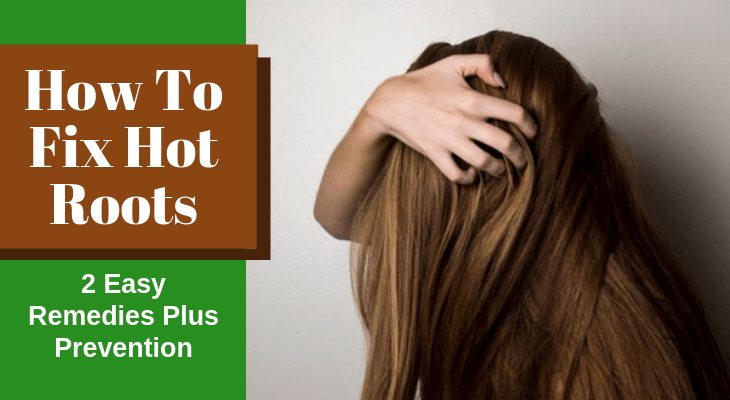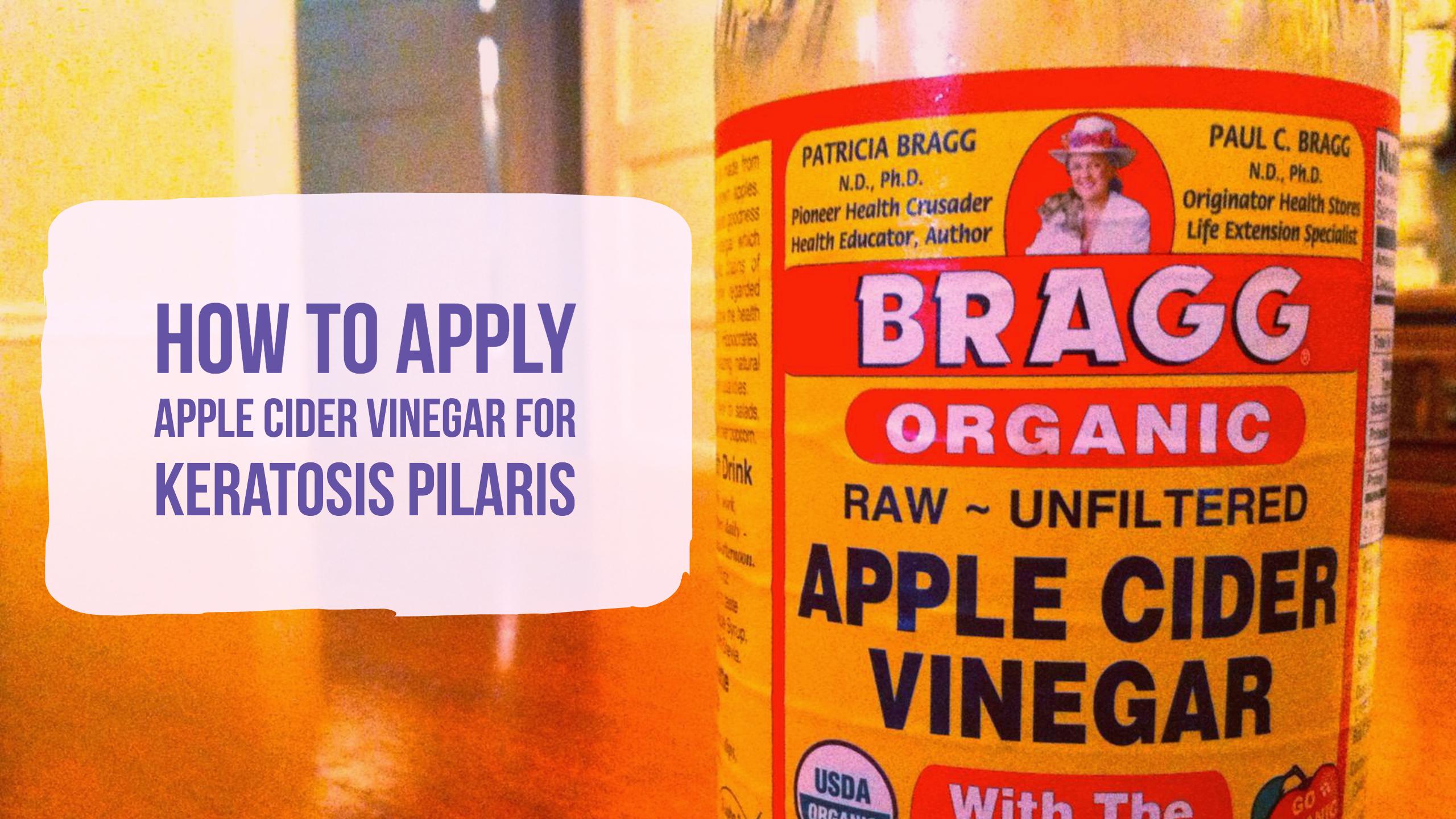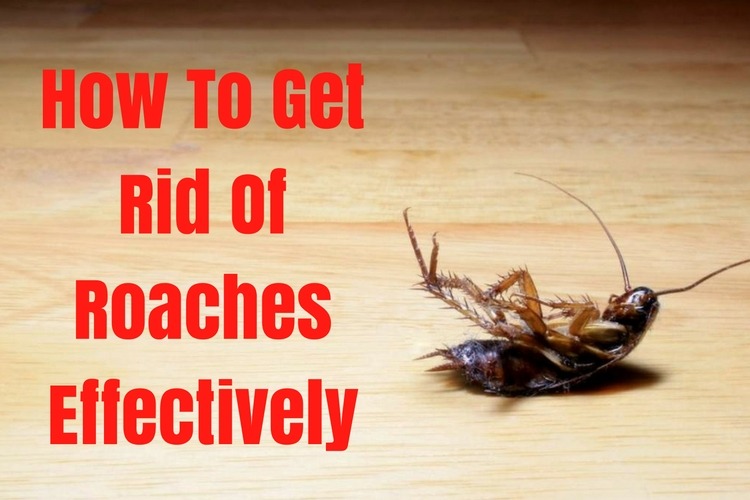 You apply the hair dye carefully, wait the required amount of time, then rinse it off expecting to have a fabulous new shade of hair color once you have dried your hair… except you discover that your roots are a reddish, perhaps slightly blonde, or rusty color and not at all like the rest of your hair.
You apply the hair dye carefully, wait the required amount of time, then rinse it off expecting to have a fabulous new shade of hair color once you have dried your hair… except you discover that your roots are a reddish, perhaps slightly blonde, or rusty color and not at all like the rest of your hair.
This is referred to as hot roots and not in a complimentary sense. The first questions on anyone’s mind is how to fix hot roots and how on earth did this happen in the first place! This can happen to anyone although it mostly happens to those with blonde or red hair. It’s harder to see in dark hair so while it can happen for brunettes, it may just not be obvious.
Usually, the cause is that your roots are dyed quicker due to the heat imparted by your scalp. This is the most common reason. If you’ve dyed your hair for the first time, it can happen because you don’t yet know how your hair will react to the dye. Another cause is when your hair has grown out and you dye your hair again, especially a different color, your roots can end up looking different.
Read on to find out how to fix hot roots, there is no need to run to the salon. You’ll learn how to fix hot roots in the comfort of your own home.
How to Get Rid of Hot Roots
Before we tell you how to fix hot roots at home, it’s good to point out that before you start you should let the color oxidize first. This will take a day or two and then you can try one of these solutions.
1. Purple or Blue-Toned Shampoo
These shampoos are on the market to keep the hair color from becoming brassy or reddish especially as it gets old or fades. Blue-toned shampoo may work better than depending on the color of your roots. Blue is better for darker orange shades and purple for lighter blonde/red shades. You’ll notice that on a color wheel these colors are on the opposite sides of the wheel.
The blue or purple will balance out the color since hot roots are warmer and the blue or purple are cold hues.
-
Wet your hair with warm water.
-
Wash your hair as per the instructions on the bottle. Some shampoos will require you to leave it in your hair for a bit before rinsing.
-
When you do rinse, use cold water to lock the color in.
-
Apply a moisturizing conditioner.
-
It may take a few washes to work.
Can’t find it in store? Make your own:
-
Simply mix a little bit of semi-permanent blue or purple dye, or both into your shampoo or conditioner.
-
Use as per normal. Since you are diluting the dye quite a bit, it shouldn’t stain your hands.
You can check out this video for a more precise how-to guide:
Usually, gloss is recommended to do this although you can also use a semi or demi-permanent hair dye. You can also use glaze but you may need to apply it more often. Make sure that the gloss is cool toned. This will help to balance out the warm tone that your roots are.
Note: Dye your entire head to ensure that it’s balanced out as applying it only to your roots can cause them to differ from the rest of your hair once again. You want to avoid constantly dyeing your hair. It might be a good idea to also go for a shade darker.
How to Darken Roots That are Too light
Just choose a shade darker and apply it to your roots following the instructions on the box.
How to Darken Bleached Roots
If you tried to go a darker shade and ended up with darker roots than the rest of your hair, the safest thing to do is to dye the rest of your hair to match your roots because going lighter can end up causing more problems and an even bigger mess to fix.
How to Avoid Hot Roots When Dyeing Your Hair
If you are worried that this may happen again, rest assured that you can dye your hair without causing this unwanted effect. This is also important if you are dyeing your hair for the first time. Try these tips:
-
Apply the dye to the ends and mid-lengths of your hair first. This will leave your roots for last and minimize the amount of time that the dye sits on your roots.
-
You may want to try leaving your roots for the last 5 minutes or so of the time that the dye needs to sit on your hair if your hair has been previously color-treated.
-
Color-treated hair can be dyed with a shade darker to ensure better success leaving the roots for last or applying the dye to your roots around the 5 minutes left mark.
-
Always use conditioner on your hair after you have dyed it. This will improve the health of your hair as bleaching damages your hair, and it will help to prevent your roots and hair from turning orange or brassy.
These tips should give you that gorgeous hair that you intended to have. If you have tried these tips and are still struggling, you may need to go to your hairdresser, but in most situations, following these tips will correct the problem.
More Tips and Precautions
-
If you are dyeing your hair for the first time, it might be better to go to a salon. This is because hair that has been dyed before will have less chance of developing hot roots and be easier to manage at home. You can also get expert advice and see how to do it properly.
-
Stick to the time indicated on the box. If you leave the dye in your hair too long you may experience problems with the color. Bleach is also very harsh, leaving it on too long can damage your hair very badly and/or hurt your scalp.
-
Don’t try to apply heat to your mid-lengths and ends in an attempt to get your hair dyed more evenly, this can cause a lot of damage to your hair.
-
Using a shower cap can heat your hair more evenly as well as preventing dripping.
-
Minimize sun exposure to your hair. The sun can bleach hair and the first part of your hair that it usually touches is your roots at the top. The sun can also fade your color faster.
-
If you want to use a more natural type of hair dye to minimize your exposure to chemicals, condition your hair instead of damaging it, and avoid discoloration or uneven streaks as the dye fades, try henna. But check the ingredients for chemicals. Pure henna will make your hair a warm red or even fiery orange color. Other colors contain added ingredients.
-
Other natural options (not as effective but can produce results with frequent use) to enhance color are chamomile tea to for blonde hair, rosemary for dark hair, rooibos tea for red hair. To lighten hair use lemon juice and sit in the sun, and to make hair darker, apply black coffee or black tea.
-
Natural options are unlikely to help you balance your color as they enhance or just add a slight tint to your hair. So you may want to use regular dye to fix your hair before switching to natural dyes.
-
Use sulfate-free shampoo, preferably without other chemicals as well, to keep the color from being stripped from your hair. Use conditioner after every wash and even those times when you just rinse your hair instead of washing it. If you have dry hair, you can try one of these great remedies. You can also try these dry scalp remedies if this is something you struggle with. You may try tea tree oil as a home remedy for a start.
-
Eat a diet with a variety of healthy foods and drink 6-8 glasses of water as your diet and being dehydrated can also affect the health of your hair.
Please let us know how things went and whether these remedies corrected the problem.









